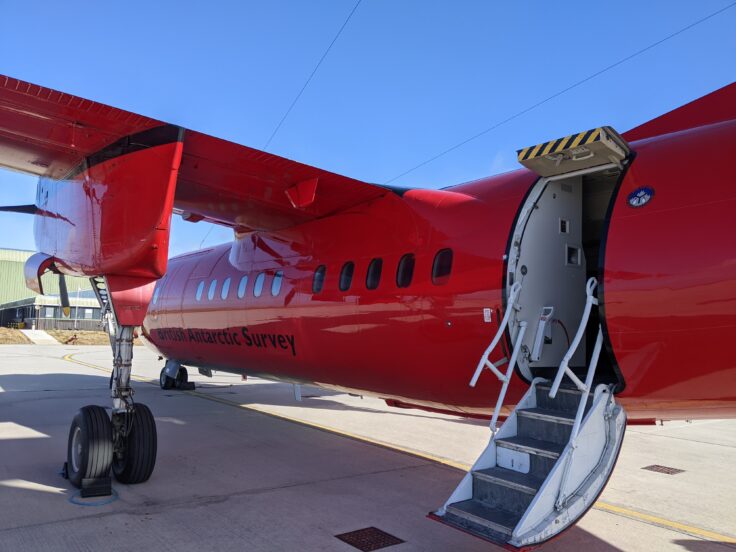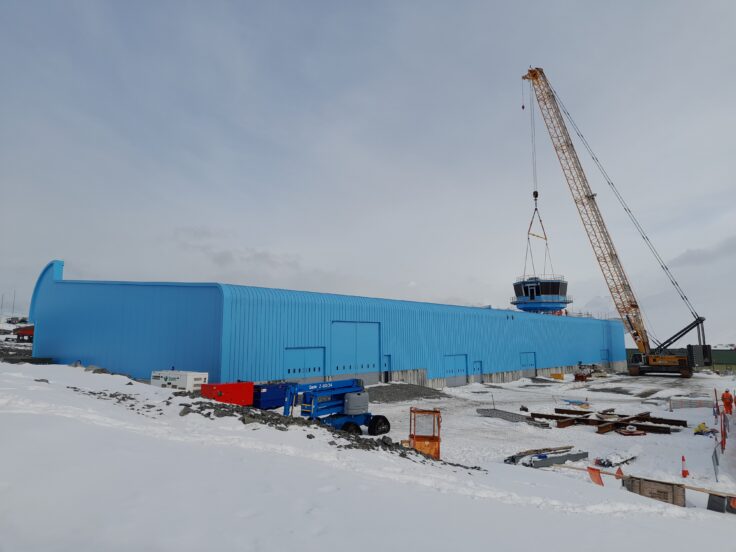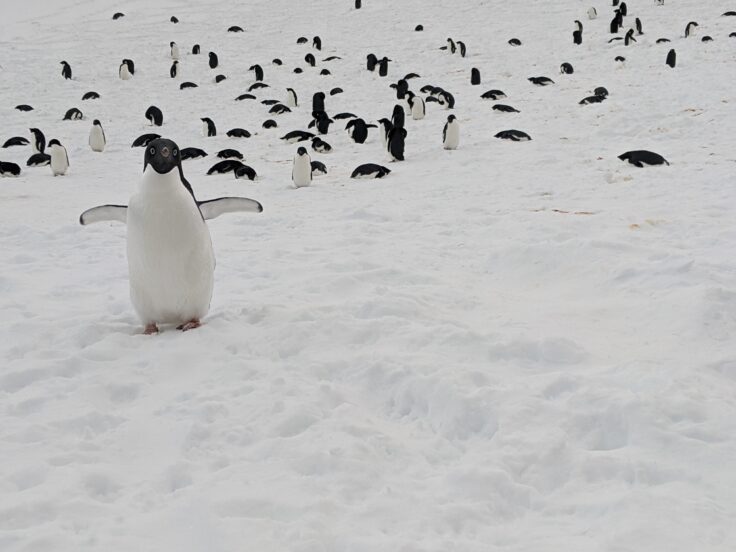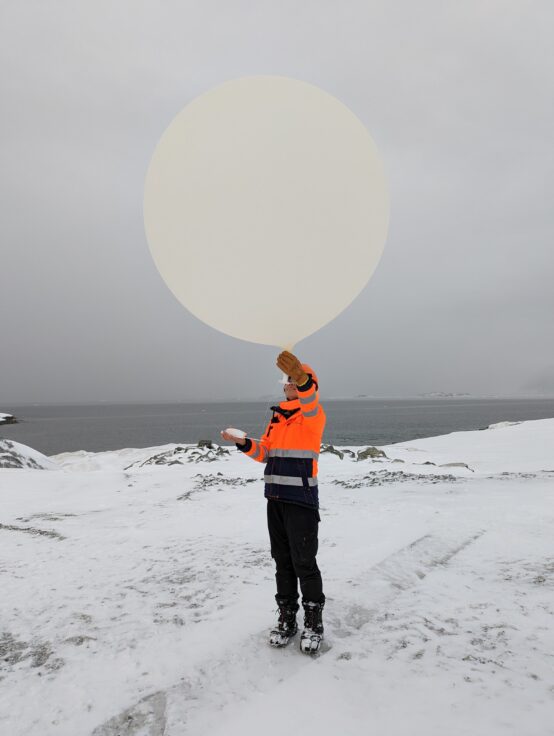Life as a structural engineer in Antarctica
19 May, 2023 Rothera
Connie Pang is a Senior Structural Engineer at Ramboll and travelled to Antarctica this year to work as the Site Supervisor for the Antarctic Infrastructure Modernisation Programme. Here she looks back on her experience of working on a very unique construction site and living as part of a community at Rothera Research Station.
As the 2022-23 construction season comes to an end, I reflect on my adventure and feel proud of what British Antarctic Survey and their construction partners (BAM, Ramboll, Sweco) have achieved this year.
I travelled to the Falkland Islands in February where I was warmly welcomed by the local BAS staff. A week later, I got the Dash-7 flight to Rothera Research Station, my new home for the next three months. Working from February until the end of April meant that I had the opportunity to experience both the summer and winter seasons in Antarctica.

Arriving in mid-summer, when many of the team were already settled, could be daunting whilst trying to find your way around. Fortunately, both BAS and BAM teams were extremely friendly. I met my colleagues and roommate and reconnected with friends I made in my pre-deployment training. After a series of inductions and training, I settled into a routine and started my role as a site superior for the BAS Project Management Office team.
This season the construction of the new science and operations facility, the Discovery Building, included the installation of first-floor slabs, external claddings and doors, the operations tower, internal partitions, fire boarding, cavity barriers and building services. One of the highlights was overseeing the lifting and installation of the operations tower.
Lifting the complex and heavy tower in Antarctica with limited resources is not an easy task! BAS and BAM had worked closely together to carefully plan the lifting strategy, and a trial assembly was constructed in Scotland to ensure a safe and successful installation.

Outside of the Discovery Building, the BAM construction team also started the first season of the runway lighting and resurfacing project. Over 2000 meters of trenches were dug, compacted, and backfilled with 7000 meters of ducts laid and new energy-efficient LED runway lightings installed.
Working on the runway at Rothera was a unique and unforgettable experience. The weather conditions could be harsh and challenging, and we always had to be mindful of the Antarctic wildlife around us. There had not been many whale sightings since my arrival, but I was lucky enough to see a group of humpback whales on the water whilst I was witnessing a plate load test, a field test to understand the physical properties of the runway surface.

Outside of work, I took part in launching a weather balloon with the BAS Meteorologist to measure temperature, pressure and humidity. I also enjoyed walking around the island, and if I was lucky, I might even see some Adelie penguins resting in the snow. When the weather was good during the weekends, I would join others to ski and drive a skidoo in local travel areas. As the nights got longer towards the end of the season, I sometimes went up to The Cross to stargaze and gawk in awe at the universe.

Now, the RRS Sir David Attenborough polar research ship has arrived at the station. We need to grab our bags, get our sea legs, and say goodbye to the Winter Team. The ship will take us to the Falkland Islands where we will catch our flights home.